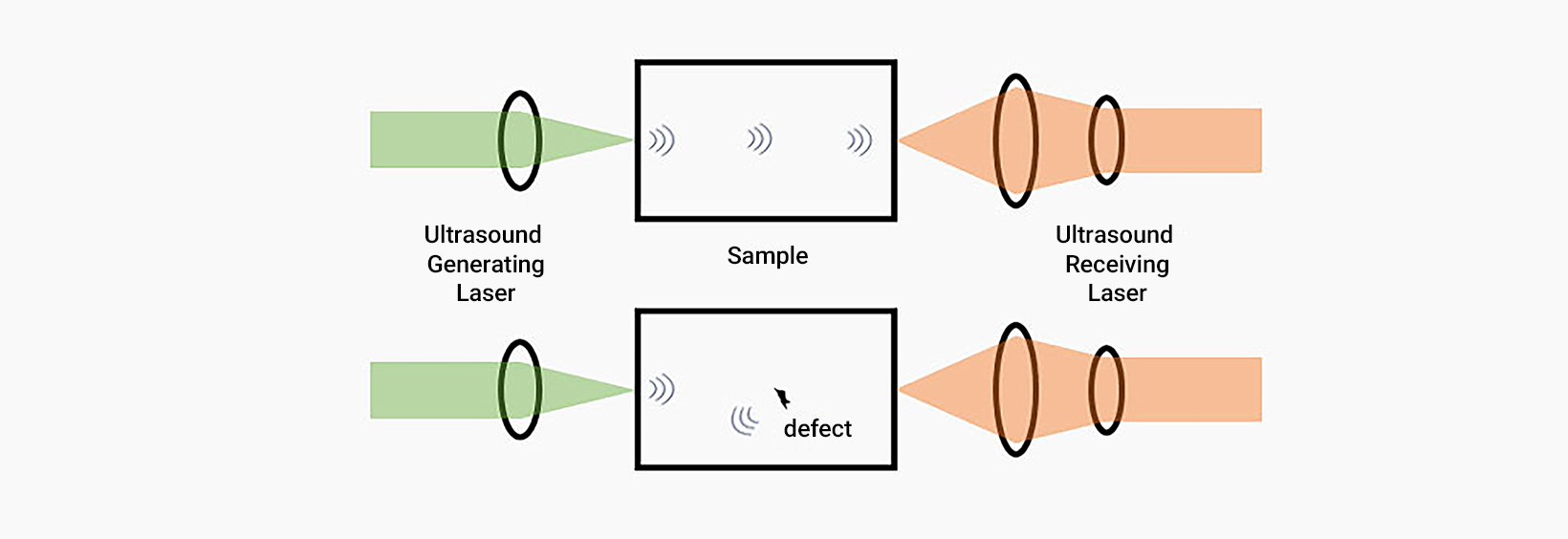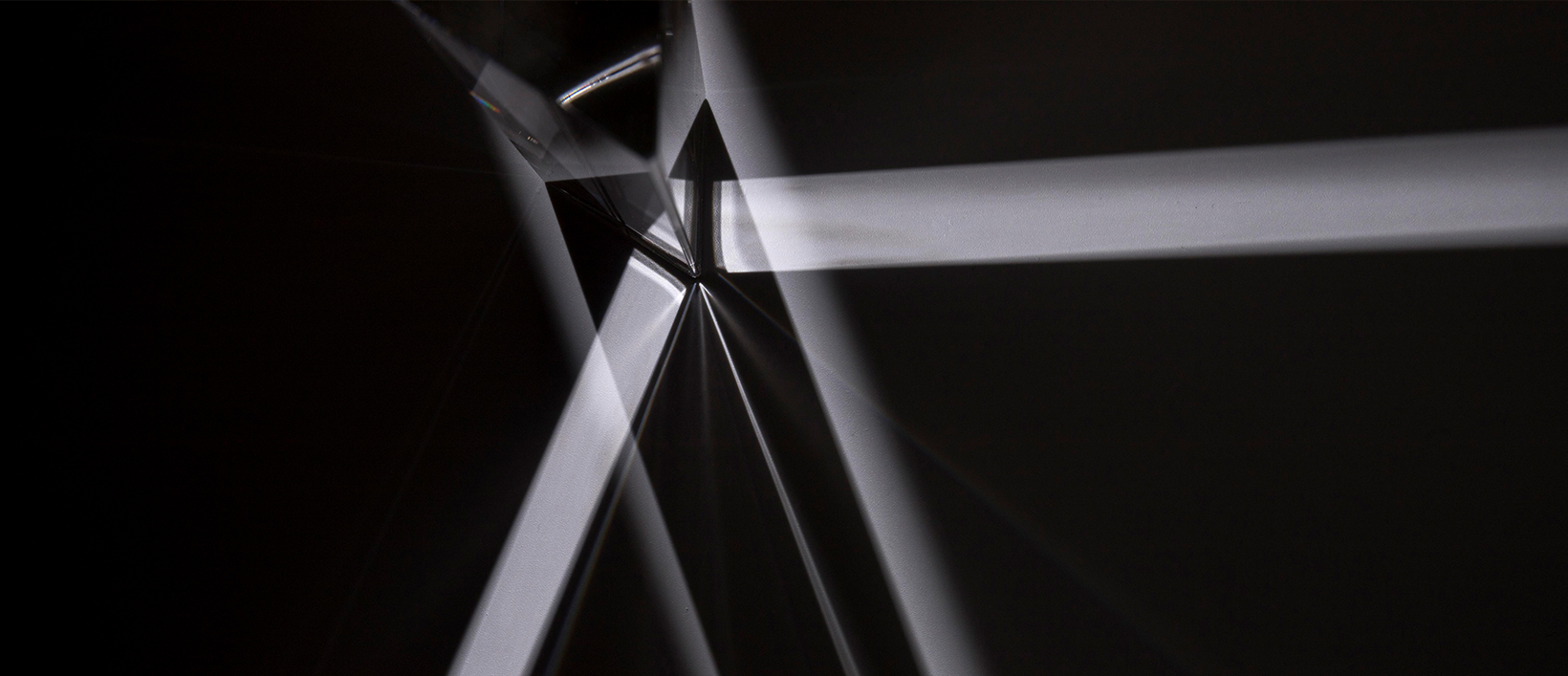
Photoacoustics involves the phenomenon where materials absorb short pulses of light, leading to an instantaneous rise in temperature. This rapid temperature increase causes the material to expand and generate acoustic waves. The technology harnesses this principle by converting optical energy into acoustic signals. It encompasses hardware for signal acquisition and software for reconstructing images from these acoustic signals.
When material absorbs a short light, the temperature rises instantaneously. The instantaneous temperature rise causes the material to expand and vibrate, resulting in acoustic waves. Photoacoustic technology includes from the principle of converting optical energy to acoustic energy, hardware for acquiring signals and to software for reconstructing images.
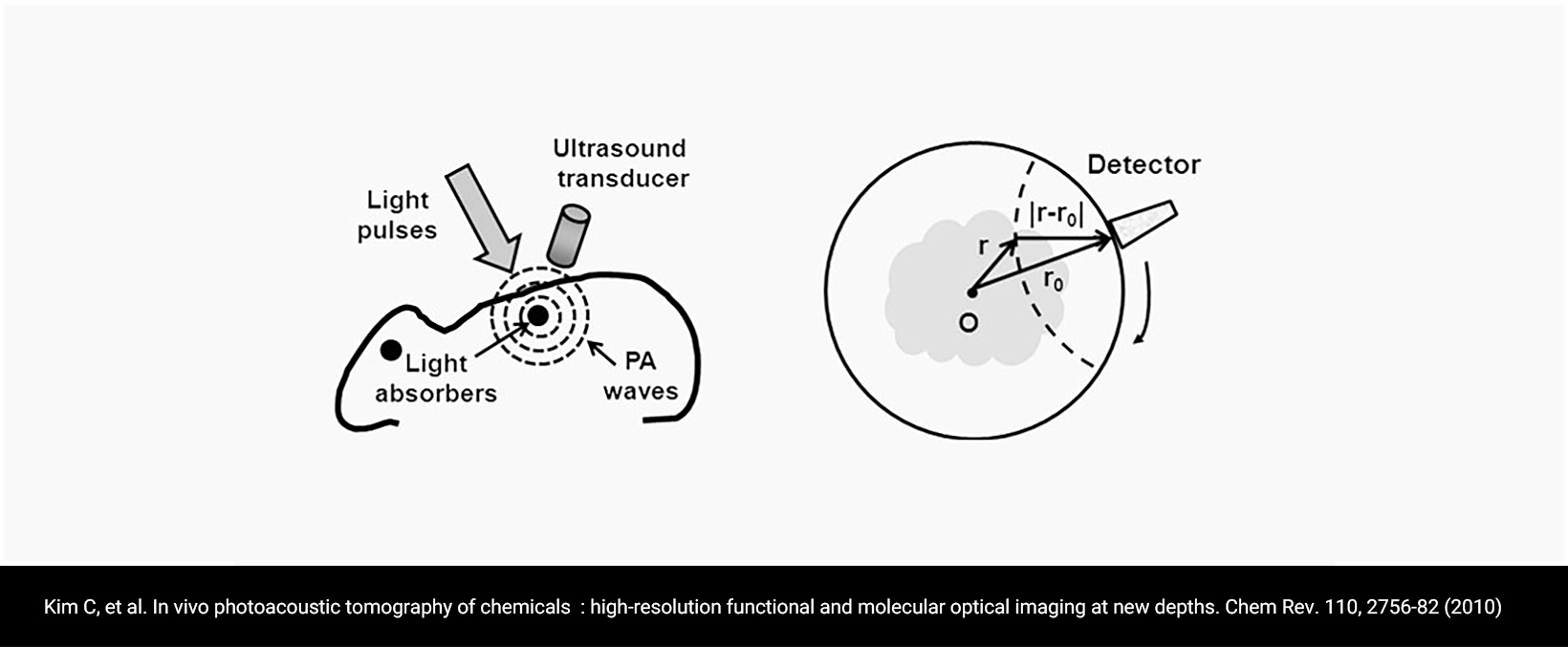
Photoacoustic imaging using multi-wavelength enables to differentiate a specific material or find the concentration of materials using the unique optical characteristics of materials.

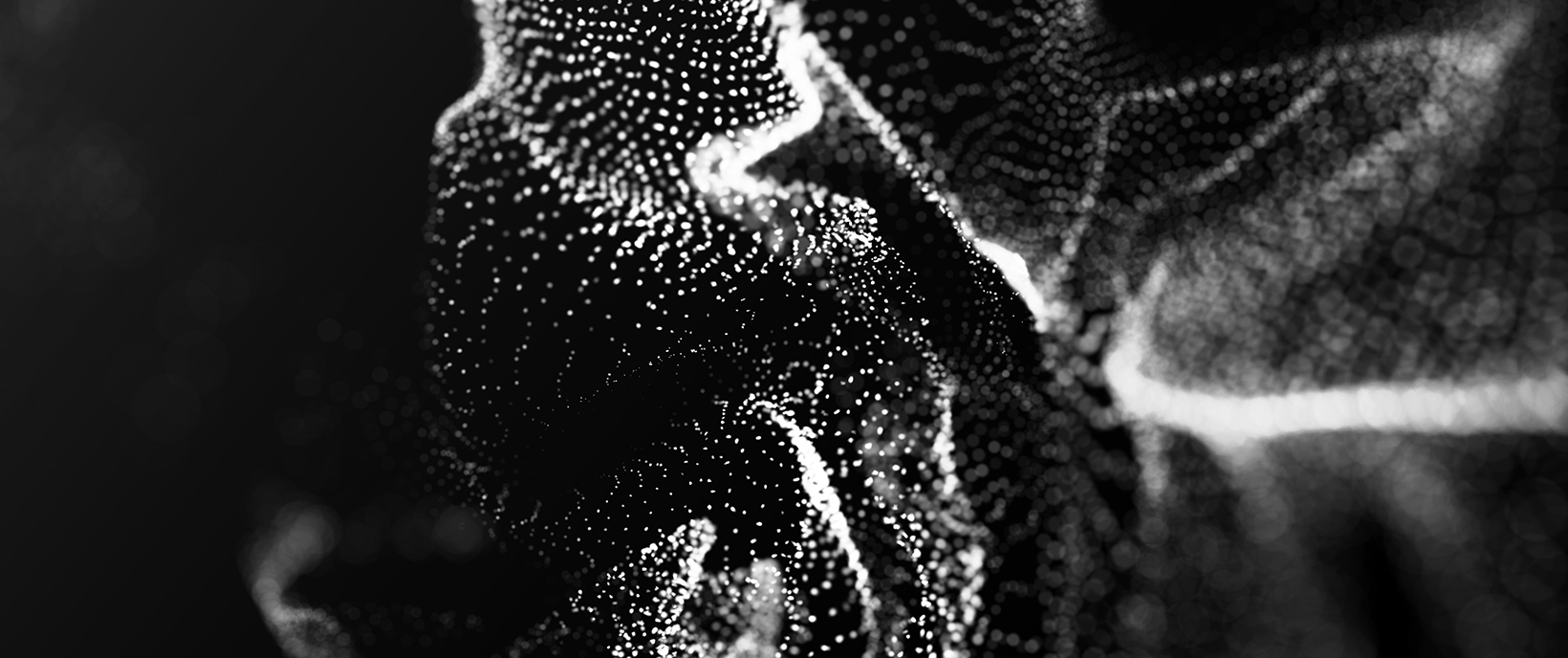
Microvessels, which are the smallest blood vessels in the body, play a crucial role in tissue oxygenation and nutrient transport. Imaging these microvessels in preclinical animal models is essential for studying various biological processes and disease progression, such as cancer, vascular disorders, and tissue regeneration. By visualizing these microvessels with high resolution, researchers can gain deeper insights into physiological and pathological conditions. Opticho's photoacoustic microscopy enables non-invasive, detailed imaging of these structures, helping to advance medical research and preclinical applications.
Opticho's photoacoustic microscopy provides high-resolution microvessel images of animals, without contrast agents. Especially, high-speed imaging capability can detect reaction of stimulation. In addition, it can also provide functional information such as oxygen saturation if using multple wavelengthes.

Opticho's photoacoustic microscope provides vessel images of human body (within 1~3 mm). Parts of hand like palm and cuticle can be imaged now, and we are looking for various regions where it can make images.
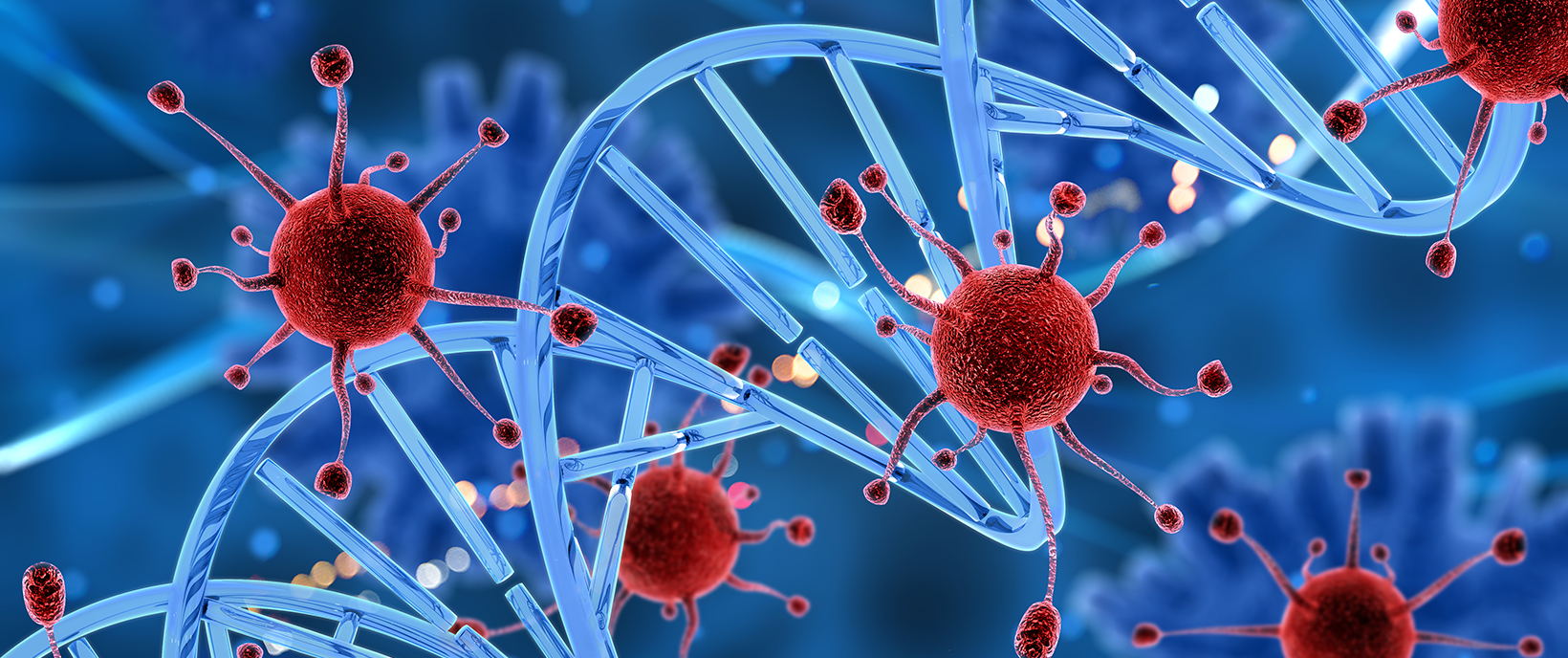
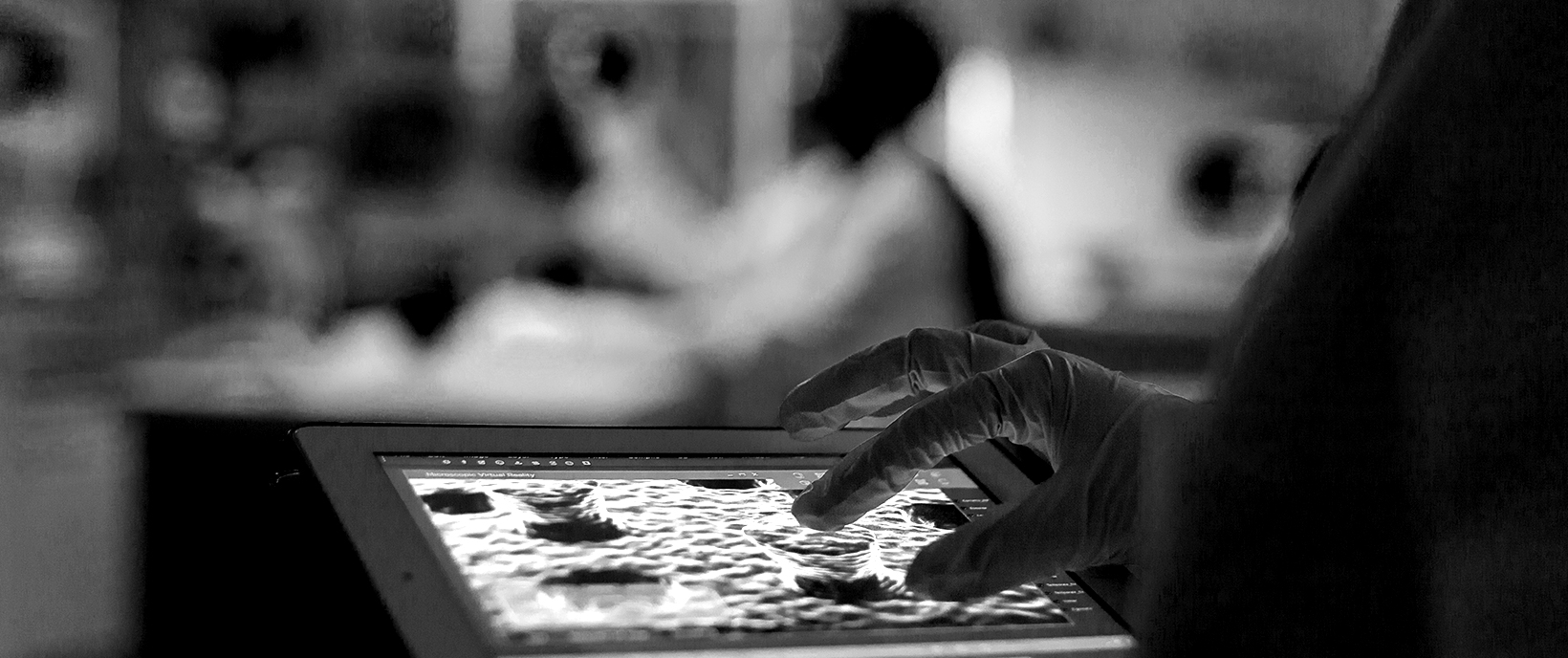
In clinical settings, photoacoustic technology is primarily used for diagnosing and monitoring diseases related to blood vessels. This innovative imaging modality is particularly effective for visualizing vascular structures and assessing blood flow, making it a valuable tool for identifying conditions such as atherosclerosis, tumors, and diabetic complications. Additionally, photoacoustic imaging plays a critical role in evaluating angiogenesis, which is the process of new blood vessel formation, important in cancer research and wound healing. Its ability to provide functional data, such as oxygen saturation and hemoglobin concentration, further enhances its clinical utility.
Most of photoacoustic-applied clinical studies are closely associated with diseases or diseased area related to blood vessel. Key examples of clinical studies that describe blood vessel directly or angiogenesis include.
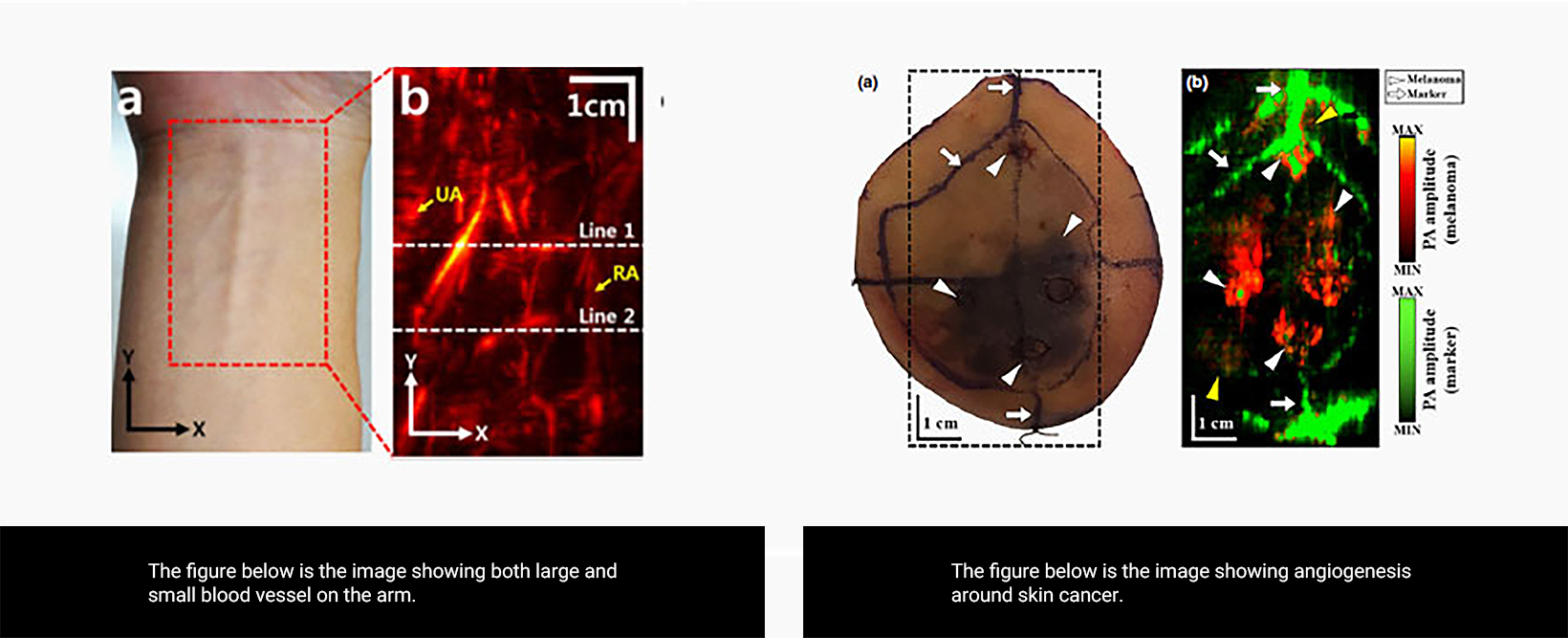
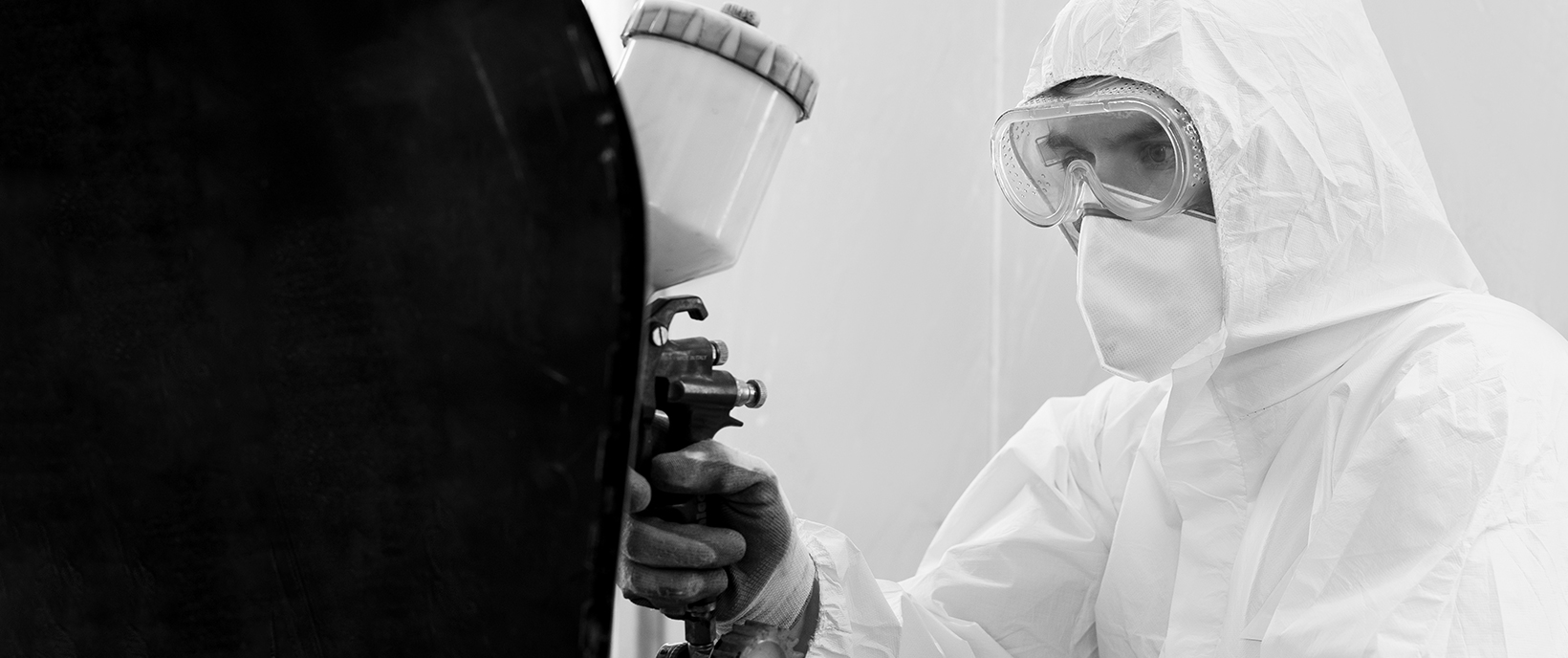
Non-Destructive Testing (NDT) refers to a range of inspection techniques used to evaluate the properties and integrity of materials, components, or structures without causing any damage. NDT is crucial in industries like manufacturing, construction, and aerospace, where safety and reliability are essential. These methods allow for the detection of defects such as cracks, voids, or inclusions, ensuring that products meet quality standards while maintaining their usability. Opticho's advanced ultrasound-based NDT system offers a powerful solution for inspecting materials like steel plates, identifying both surface and internal flaws efficiently.
Opticho’s non-destructive testing system for steel plates can find both external and internal flaws without damages using a highly-focused ultrasound technology.
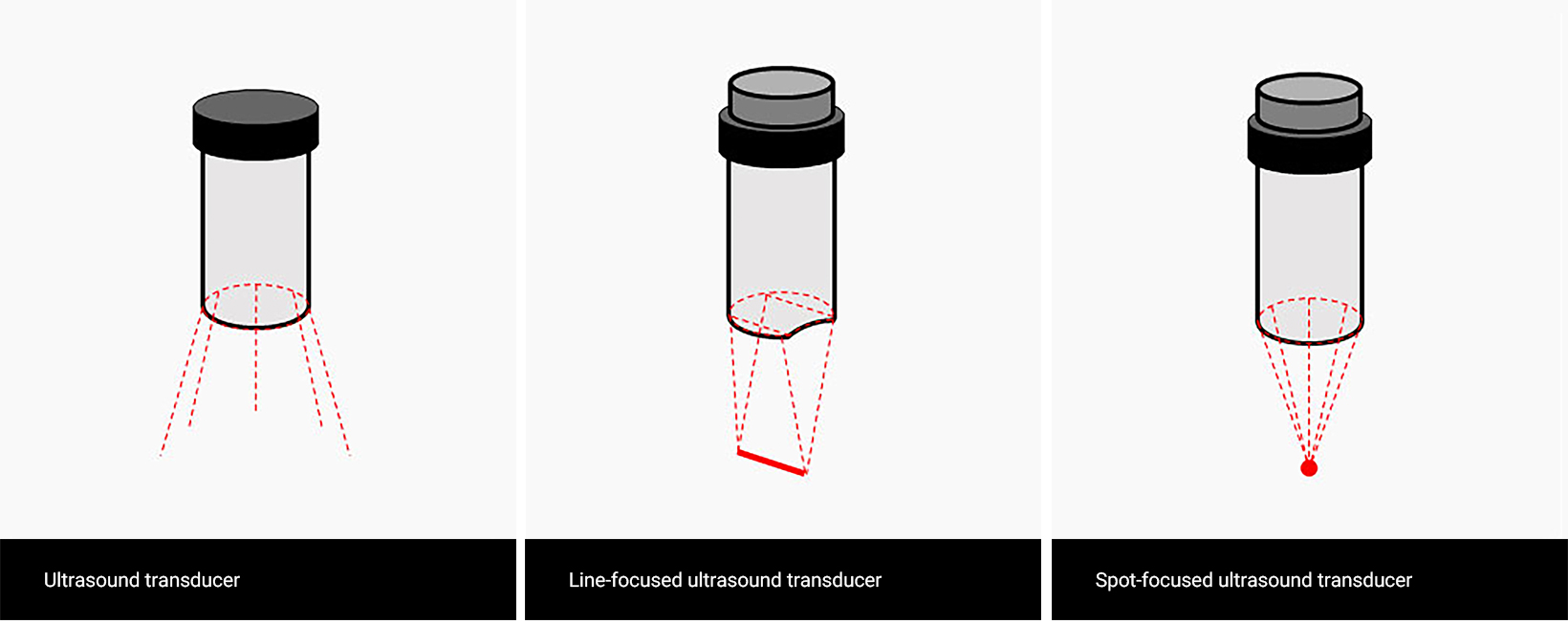
Opticho is studying laser-ultrasonic technology, which can find internal flaws without contacting to samples.
